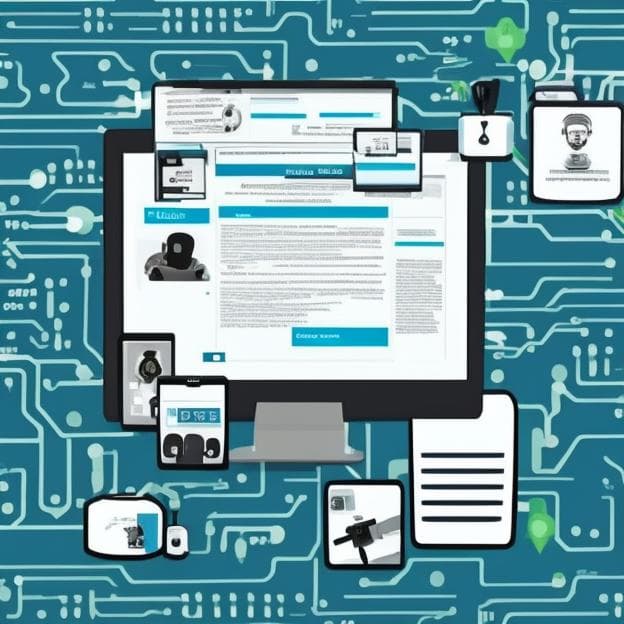The Best Cyber Security Tools
There are many different cyber security tools available, each with its own strengths and weaknesses.
In the fast-paced digital era, where cyber threats are constantly evolving, the importance of having effective tools to protect your data and systems cannot be overstated. With a myriad of options available, selecting the right cyber security tools tailored to your specific needs is a crucial decision. This article aims to provide a comprehensive overview of the best cyber security tools currently available, shedding light on their features, capabilities, and how they contribute to fortifying organizations against potential threats.
The Dynamic Landscape of Cyber Security
The field of cyber security is in a constant state of growth and adaptation, necessitating robust tools to help businesses and individuals shield themselves from a diverse array of cyber threats. Let's delve into some of the top cyber security tools that are making a significant impact today:
1. Antivirus Software
At the forefront of cyber defense, antivirus software remains a cornerstone in protecting computers from malicious software, including viruses, worms, and trojan horses. These tools operate by scanning your computer for malicious code and preventing it from executing. With numerous antivirus software programs available, selecting one that aligns with your specific needs is crucial for a comprehensive defense strategy.
2. Firewall
A firewall is a vital network security device that acts as a barrier against unauthorized access to your computer. It achieves this by blocking traffic from untrusted sources, particularly the internet. There are two primary types of firewalls: hardware firewalls and software firewalls. Hardware firewalls are physical devices installed between your computer and the internet, while software firewalls are programs installed directly on your computer.
3. Intrusion Detection System (IDS)
An Intrusion Detection System (IDS) serves as a vigilant guardian, monitoring your network for any suspicious activity. IDS operates by analyzing traffic patterns that may indicate a potential attack. When suspicious activity is detected, an IDS can promptly alert you, enabling swift action to mitigate the impending threat.
4. Virtual Private Network (VPN)
A Virtual Private Network (VPN) is an essential tool for securing your internet connection, especially when accessing sensitive information over public networks. VPNs encrypt your internet traffic, making it challenging for malicious actors to intercept and compromise your data. This tool is particularly valuable for remote workers and individuals frequently accessing public Wi-Fi networks.
Conclusion: A Comprehensive Defense Strategy
In conclusion, the cyber security landscape is a dynamic and ever-changing environment, necessitating continuous vigilance and adaptability. The tools highlighted in this article contribute to a comprehensive approach in safeguarding against various cyber threats. By integrating these tools into a multi-layered security strategy, individuals and organizations can enhance their defense mechanisms and effectively mitigate the risks associated with cyber attacks. It is crucial to recognize that cyber security is an ongoing process, requiring constant adaptation, education, and vigilance to stay ahead of emerging threats in the digital realm.

Related Posts

Anomaly Detection In Network Traffic Using Firewalls
The paper proposes a new method for anomaly detection in network traffic using firewalls.

Cloud Security Posture Management A Continuous Monitoring Approach
Security posture management is a process for continuously monitoring and assessing the security of an organization's cloud environment.

How To Protect Your Business Data From Disasters
Disasters can strike at any time, so it's important to have a plan in place to protect your business data.
